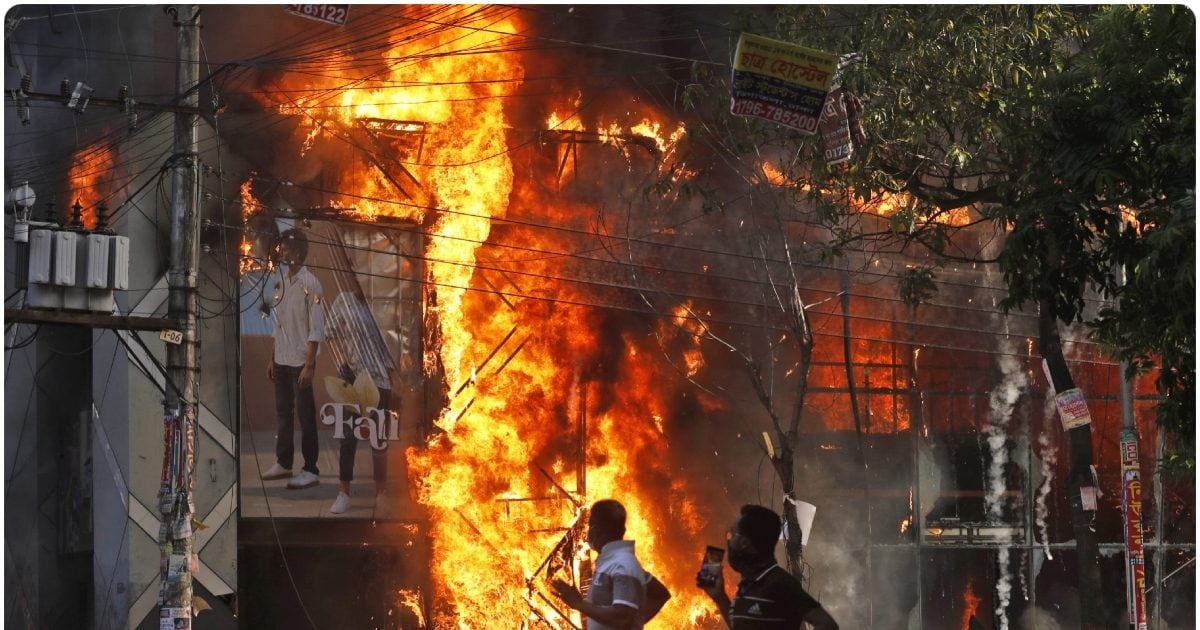NEW DELHI: Human Metapneumovirus (HMPV), reported to have originated in China, was detected in two infants in Bengaluru on Monday.
The virus, which serves as a reminiscence of the Covid pandemic, has alerted governments globally, with Beijing raising concerns about a surge in respiratory infections that has led to overcrowded hospitals and overwhelmed health systems.
The two infants, who reported have had HMPV, are a three-month girl and a six-month boy. While the girl has a history of bronchopneumonia, the boy was admitted with symptoms of fever and breathlessness before testing positive for the virus. Notably, the infants have no travel history.
According to the US Centers for Disease Control and Prevention (CDC), the HMPV belongs to the Pneumoviridae family, the same family as the respiratory syncytial virus (RSV). It typically causes upper and lower respiratory infections, presenting symptoms similar to a common cold or flu.
Delhi authorities issue advisory
Delhi health authorities issued an advisory to ensure preparedness for potential health challenges linked to HMPV on Sunday.
According to a statement, Dr Vandana Bagga, Director General of Health Services, convened a meeting with chief district medical officers and the state programme officer of IDSP on Sunday to discuss preparedness to address respiratory illnesses in Delhi.
Health ministry monitoring situation
The Union health ministry remains vigilant and continues to monitor the situation through all available surveillance channels. Additionally, the Indian Council of Medical Research (ICMR )will keep track of HMPV circulation trends throughout the year.
‘Flu in China not unusual’
India is well-prepared to handle respiratory illnesses and surveillance shows no unusual surge in the country, according to the government. In a joint monitoring group (JMG) meeting under the chairmanship of DGHS, ministry of health and family welfare, experts had detailed discussions around the spread of respiratory illnesses in China, where, according to them, it is not unusual in view of the ongoing flu season.
ICMR tests other respiratory viruses
The ICMR network also tests for other respiratory viruses such as Adenovirus, RSV, HMPV etc. and these pathogens also do not show an unusual increase in the tested samples.
ICMR to increase laboratories
The number of laboratories testing for HMPV will be enhanced by ICMR as part of a precautionary measure. The ICMR will also be monitoring trends of HMPV for the entire year, according to health ministry.
Robust surveillance already in place
Influenza Like Illness (ILI) and Severe Acute Respiratory Illness (SARI) for the surveillance of Influenza is already in place in India through both ICMR and IDSP networks and the data from both indicates no unusual surge in ILI and SARI cases.
Andhra authorities urge not to panic
There are no reported cases of Human Metapneumovirus (HMPV) in Andhra Pradesh, a health official said on Sunday, assuring the public that there is no need to panic about the virus.
Public Health and Family Welfare Director K Padmavathi stated that the virus spreads from person to person, similar to Covid-19, primarily affecting children, the elderly, and individuals with weakened immunity.
Symptoms
The symptoms of the disease typically appear three to 10 days after infection and include flu-like signs such as cough, blocked nose, runny nose, sore throat, and breathing difficulties. In some cases, Padmavathi noted, pneumonia and bronchitis may also develop. She added that the disease tends to be more severe in children, the elderly, and individuals with chronic illnesses.
Current perspective
Although HMPV is contributing to increased respiratory infections, it is not a new virus or an imminent pandemic threat. Seasonal surges are typical, especially as populations re-expose themselves to pathogens post-Covid-19 lockdowns.
When to seek medical attention
According to the Cleveland Clinic, contact a healthcare provider if symptoms:
- Worsen after a few days.
- Include difficulty breathing or cyanosis (bluish skin).
- Occur alongside chronic health conditions like asthma or COPD.




